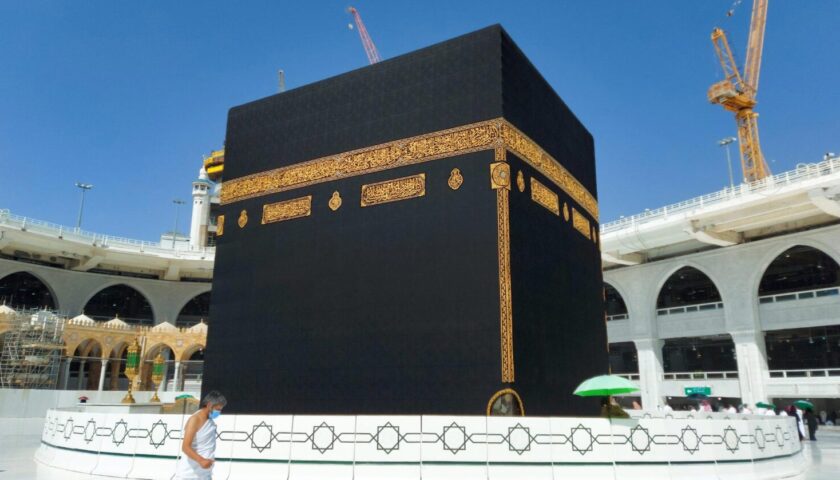Beneath the bustling streets of Istanbul lies a remarkable subterranean world: the Basilica Cistern. This ancient water reservoir, built during the reign of Emperor Justinian I in the 6th century, is a testament to the ingenuity and architectural prowess of the Byzantine Empire. Known in Turkish as “Yerebatan Sarnıcı,” which translates to “Cistern of the Sunken Palace,” this underground marvel is one of Istanbul’s most captivating historical sites, offering visitors a glimpse into the city’s rich and layered past.
Historical Background
The Basilica Cistern was constructed in 532 AD to provide a secure water supply to the Great Palace of Constantinople and surrounding buildings. At that time, the city was the capital of the Byzantine Empire, a center of power, culture, and religion. The cistern was part of a vast network of reservoirs and aqueducts designed to ensure the city’s water supply, especially during sieges and dry periods.
Built under the orders of Emperor Justinian I, the cistern’s construction involved the labor of thousands of slaves. Its location beneath a large public square, which was called the Stoa Basilica, gave the cistern its name. The site continued to serve as a water source through the Ottoman period and into modern times, showcasing its enduring utility.
Architectural Features
The Basilica Cistern is renowned for its impressive dimensions and architectural elegance. Measuring approximately 140 meters in length and 70 meters in width, it covers an area of about 9,800 square meters and has the capacity to hold up to 80,000 cubic meters of water. The cistern is supported by 336 marble columns, each standing 9 meters tall, arranged in 12 rows of 28 columns each.
Columns and Capitals
The columns in the Basilica Cistern are one of its most striking features. Many of these columns were recycled from earlier Roman buildings and temples, a common practice in Byzantine construction. This reuse of materials not only provided a practical solution but also added to the eclectic aesthetic of the cistern.
Each column is crowned with a capital, and while many are of the Corinthian style, some exhibit the simpler Doric design. The variety of column capitals adds to the visual diversity and historical intrigue of the site. The columns themselves are often shrouded in a mystical light, reflecting off the still waters, creating a hauntingly beautiful atmosphere.
The Medusa Heads
Among the most famous elements of the Basilica Cistern are the two Medusa heads used as column bases in the northwest corner of the structure. These heads are believed to have been repurposed from Roman ruins, though their original purpose and significance remain a mystery. One head is positioned upside down, while the other is placed sideways, sparking various legends and interpretations.
The presence of the Medusa heads has fueled numerous myths. Some suggest that they were deliberately placed in this manner to negate the power of the Gorgon’s gaze, turning onlookers to stone. Others believe their orientation was purely practical, to fit the space available. Regardless of the reason, the Medusa heads continue to captivate visitors and are among the most photographed features of the cistern.
The Weeping Column
Another notable feature is the “Weeping Column,” a pillar marked by tears carved into its surface. The column is perpetually damp, and legend has it that it honors the hundreds of slaves who died during the construction of the cistern. The moisture seeping from the column adds to the atmospheric ambiance of the underground space.
Engineering and Water Management
The Basilica Cistern’s engineering demonstrates the sophistication of Byzantine infrastructure. Water was transported to the cistern through aqueducts from the Belgrade Forest, located about 19 kilometers north of the city. This intricate system ensured a steady and reliable water supply.
The floor of the cistern is lined with a thick layer of waterproof mortar, and the walls, built with bricks set in a mortar mix, are over 4 meters thick. This robust construction has allowed the cistern to withstand the test of time, including numerous earthquakes that have struck Istanbul over the centuries.
Rediscovery and Modern Use
For many years, the Basilica Cistern was forgotten, only rediscovered by scholars in the mid-16th century. Local residents were aware of its existence, accessing it through wells and sometimes fishing in its waters. It wasn’t until the 1980s, however, that the cistern was cleaned and opened to the public as a historical site.
Today, the Basilica Cistern is one of Istanbul’s most popular tourist attractions, drawing millions of visitors each year. Its cool, dimly lit interior offers a stark contrast to the bustling city above, providing a tranquil and almost otherworldly experience. Wooden walkways allow visitors to traverse the cistern and admire its architectural beauty and historical artifacts.
Cultural Significance and Popular Culture
The Basilica Cistern has not only been a marvel of ancient engineering but also a cultural icon. It has appeared in various films, novels, and video games, often depicted as a mysterious and enchanting setting. Notably, it featured in the James Bond film “From Russia with Love” and Dan Brown’s novel “Inferno,” further cementing its place in popular culture.
The cistern’s ambiance has also made it a venue for various cultural events, including classical music concerts and art exhibitions, which take advantage of its unique acoustics and atmospheric setting. These events highlight the cistern’s versatility as a space that bridges the ancient and the contemporary.
Visitor Experience
Visiting the Basilica Cistern is a journey into the depths of Istanbul’s historical and architectural heritage. Located near other significant landmarks such as Hagia Sophia and the Blue Mosque, it is easily accessible to tourists exploring the Sultanahmet district.
Practical Information
The Basilica Cistern is open to visitors year-round, with extended hours during peak tourist seasons. While it is recommended to check for any maintenance closures or special event schedules, the cistern generally offers a smooth visitor experience. Information plaques and guided tours provide context and history, enriching the visit.
The entrance to the cistern is modest, belying the grandeur that lies below. As you descend the steps and the temperature drops, the soft glow of lights reflecting off the water and columns creates an immediate sense of awe. The walkways ensure safe passage, and there are ample opportunities for photography, though flash is often discouraged to maintain the atmosphere.
Conclusion
The Basilica Cistern is a stunning example of Byzantine engineering and architectural beauty, hidden beneath the modern metropolis of Istanbul. Its historical significance, combined with its aesthetic appeal, makes it a must-visit destination for anyone interested in the rich tapestry of Istanbul’s past. As you explore this ancient underground reservoir, you are transported back in time, marveling at the ingenuity and artistic vision that created such a breathtaking space. The Basilica Cistern stands as a testament to the enduring legacy of the Byzantine Empire and the timeless allure of Istanbul.



